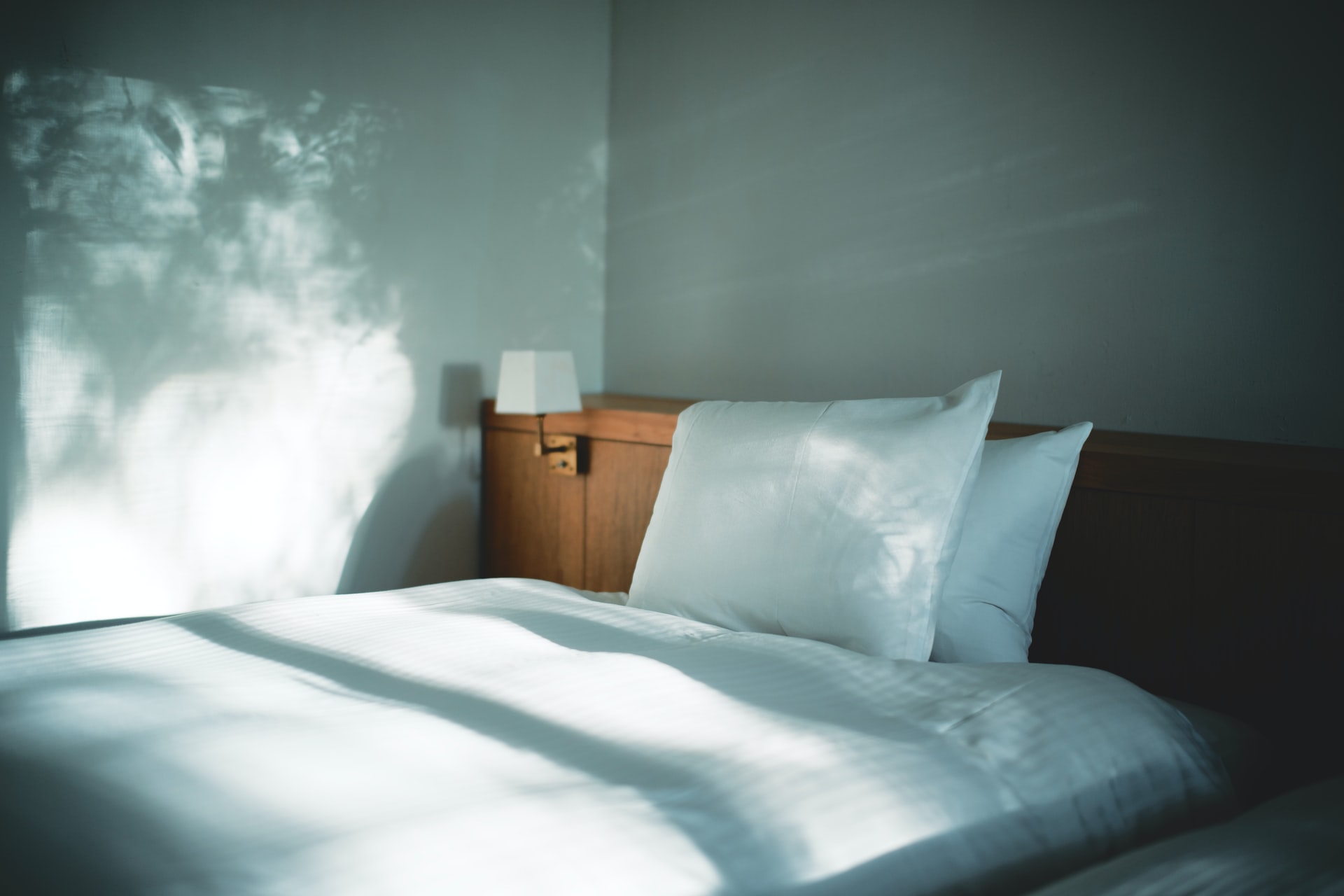The Black Death. Cholera. The Spanish flu. COVID-19. These are historically some of the worst pandemics that humans have had to endure. While high mortality rates, global unrest, and economical turmoil are all shared commonalities between each outbreak, there’s one commonality that becomes clear after the darker side of pandemics have faded: innovation.
It can feel a little crass to try to find the silver lining in such terrible moments in history, but sometimes the most substantive change comes from the darkest times, especially as it pertains to medical advancements. If the healthcare sector didn’t adapt and learn from past disease outbreaks, we wouldn’t have some of the treatment options, preventative care models, and healthcare technology we have today.
We’re already seeing skilled nursing facilities and other long-term care centers adapt to the changes brought on by the coronavirus. Just look at telehealth. It didn’t only rise in popularity as a means of communication between patients and providers during the pandemic, but more SNFs and care centers have now adopted it as a critical part of their operations. As such, we can expect telemedicine to be a prominent part of our post-COVID world.
Just like video conferencing served as a solution to eliminating unnecessary in-person appointments that would’ve otherwise put at-risk and vulnerable patient populations in danger of catching COVID-19, SNFs have enacted other solutions to protect patients against the spread of the coronavirus that will likely become permanent fixtures at their facilities even after the vaccine has been fully distributed.
Skilled nursing facilities have always predominantly consisted of shared rooms, shared recreational areas, and shared dining areas. It was how they were able to care for a growing number of residents without having to turn patients down due to lack of space. Yet, these shared spaces poised a problem once COVID-19 hit; they were one of the reasons why coronavirus cases spread so quickly at facilities when faculty members or residents got sick.
Most SNFs canceled their planned activities and cut off access to their shared dining areas to prevent unnecessary exposure to COVID-19. They even restricted visitation from family members and friends to reduce the number of people coming through their doors on a daily basis. But shared rooms remained another risk, opening healthcare executives’ eyes to the importance of private rooms.
Private rooms have always been a luxury in long-term care, but today, they’re finally being revered as more than just larger, more costly spaces for single residents. Their value for improving patient care, reducing cross-infection, and giving facilities greater operational efficiency is profound, as facilities that adopt more private rooms will be able to improve their services and quality of care. COVID-19 will one day slow its spread across the United States, but private rooms will continue to demonstrate their benefits well into the future. If another pandemic were to occur, for example, private rooms would put facilities in a better position to adapt more quickly to their residents’ needs. Cross-contamination can happen almost instantaneously, so its proactive prevention will help to reduce the number of residents getting sick, as well as the number of deaths.
Additionally, private rooms allow residents to be more comfortable than in shared rooms, which can decrease stress and improve happiness levels. Families can also have peace of mind that their loved ones are content, especially when they aren’t able to be with them because of social distancing protocols.
Some of the skilled nursing facilities I work with through Philosophy Care have either recently undergone, are currently in the process of, or have scheduled major building renovations at their centers. Private rooms are an important part of these renovations, as these centers look to build a better, safer place for their residents. This is the kind of standard all healthcare executives of SNFs should be working towards for the sake of our residents.




